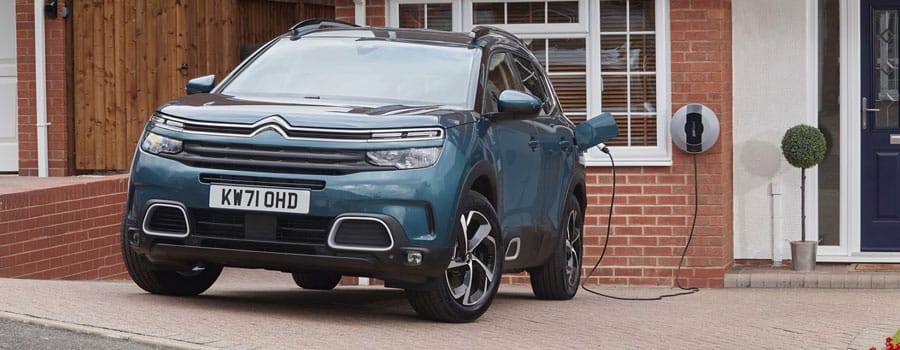Reminder for PHEV drivers to plug in

Plug-in hybrid cars aim to offer the best of both worlds to drivers; the convenience of a petrol or diesel engine for long distance work and quick refuelling, and the efficiency of electric running over shorter stints.
Some see the cars as a halfway house between petrol/diesel/hybrid models and pure-electric vehicles, while others question the wisdom of operating them, instead preferring to jump straight to electric.
Then there are the tax benefits for company car drivers, and the reduced running costs available for both personal and business users.
But there's one crucial thing to remember; plug-in hybrids need to be plugged in and recharged.
Efficient EV or just a complicated hybrid?
The answer to the above question depends greatly on how the driver uses the PHEV. Plug-in hybrids have a larger battery than a conventional hybrid such as a Toyota Prius, and are therefore capable of covering a far greater number of miles under electric power only.
Most PHEVs can cover at least 20 miles in the real-world in electric only, and recent developments are seeing that figure pushed up to 30-60 miles, as larger batteries get fitted.
There are a number of reasons for this, but predominantly from a manufacturer point of view, the larger the battery, the longer the electric range. And that means that the PHEV scores well in official efficiency tests, and helps lower the average CO2 from the brand's output. Thankfully, a longer electric range benefits customers as well.
The latest large PHEVs are now coming with batteries around 30 kWh in capacity. Considering the original pioneering
Nissan Leaf
arrived as the first mainstream pure-electric car only 10 years ago, and it had a 24 kWh battery puts things in perspective; it's remarkable that the car world has developed so quickly in such a short space of time.
PHEVs can truly offer the benefits of electric cars and conventional vehicles, but only when used correctly. If not recharged regularly, they simply become a heavier and more complicated conventional hybrid - a less efficient Toyota Prius essentially.
If not recharged, fuel economy suffers hugely and, although the car will top up the battery a little under braking or when the engine isn't under load, it will still only behave like a conventional hybrid - only carrying a larger, heavier battery for naught.
Recharging is the key
The average UK mileage is around 18 miles a day, so considering most PHEVs comfortably cover that distance on electric power, it should be easy to stick to electric mode regularly.
For the majority of drivers, a commute, school run, trip to the supermarket and back is well within a 20 mile range. But continuing to cover those trips after the battery is drained is one of the least efficient ways to drive.
Instead, by regularly recharging, the PHEV is able to cover the majority of its regular distance on electric power, holding the petrol or diesel engine in reserve for those long-distance journeys, or if there hasn't been a chance to recharge the car.
It's why the likes of Citroen is starting to prompt their PHEV customers when they need to recharge their car, prompted by a notification on the vehicle's touchscreen.
It's intended to encourage regular plugging-in, helping the driver make the most of the electric part of their car. Citroen's research shows that 55% of journeys of under 25 miles are made using electric power alone in the company's plug-in models, and 52% of Citroen PHEV drivers already recharge their vehicle once or twice every 62 miles.
With an official range of 34 electric miles on its
C5 Aircross PHEV
however, it's clear that even more miles could be electrified.
“PHEVs do offer businesses a sort of ‘halfway house' between conventional cars and fully electric vehicles,” comments Rob Marshall, Operations Director of Gateway2Lease.
“In many ways they are ideal for those drivers that are not fully convinced that they can go totally electric. However, they only become efficient for businesses if they are continually re-charged and used in EV mode as much as possible. Otherwise you are carrying around a large battery and its attendant weight that will only drag on fuel economy. So it's important to have proper company car usage guidelines in place to ensure PHEVs are used to maximum efficiency.”
Talk to us about how your fleet can be effectively electrified by calling us on
01299 407 360
.
View our latest blog posts

Categories
Pages
We are a family run business based in rural Worcestershire. Our team of 38 staff are on hand to provide an exceptional service to personal and business customers.
Read More
